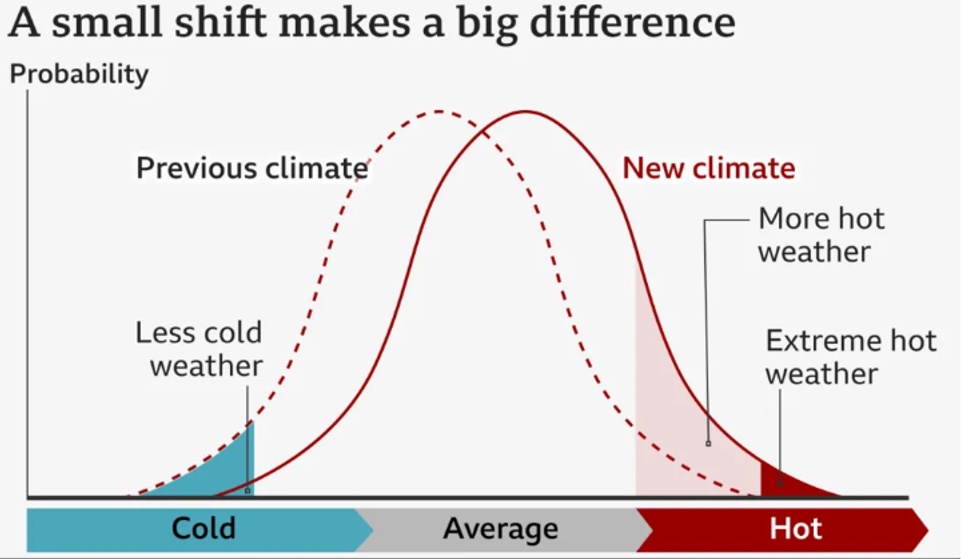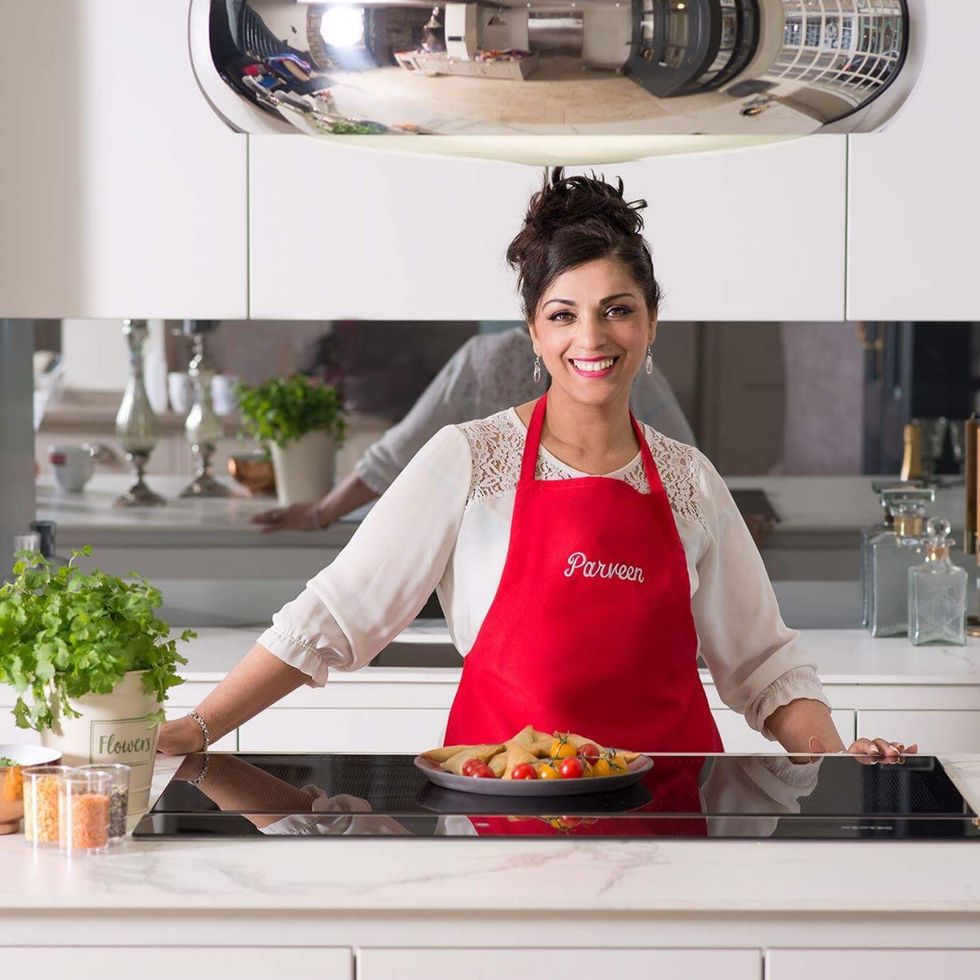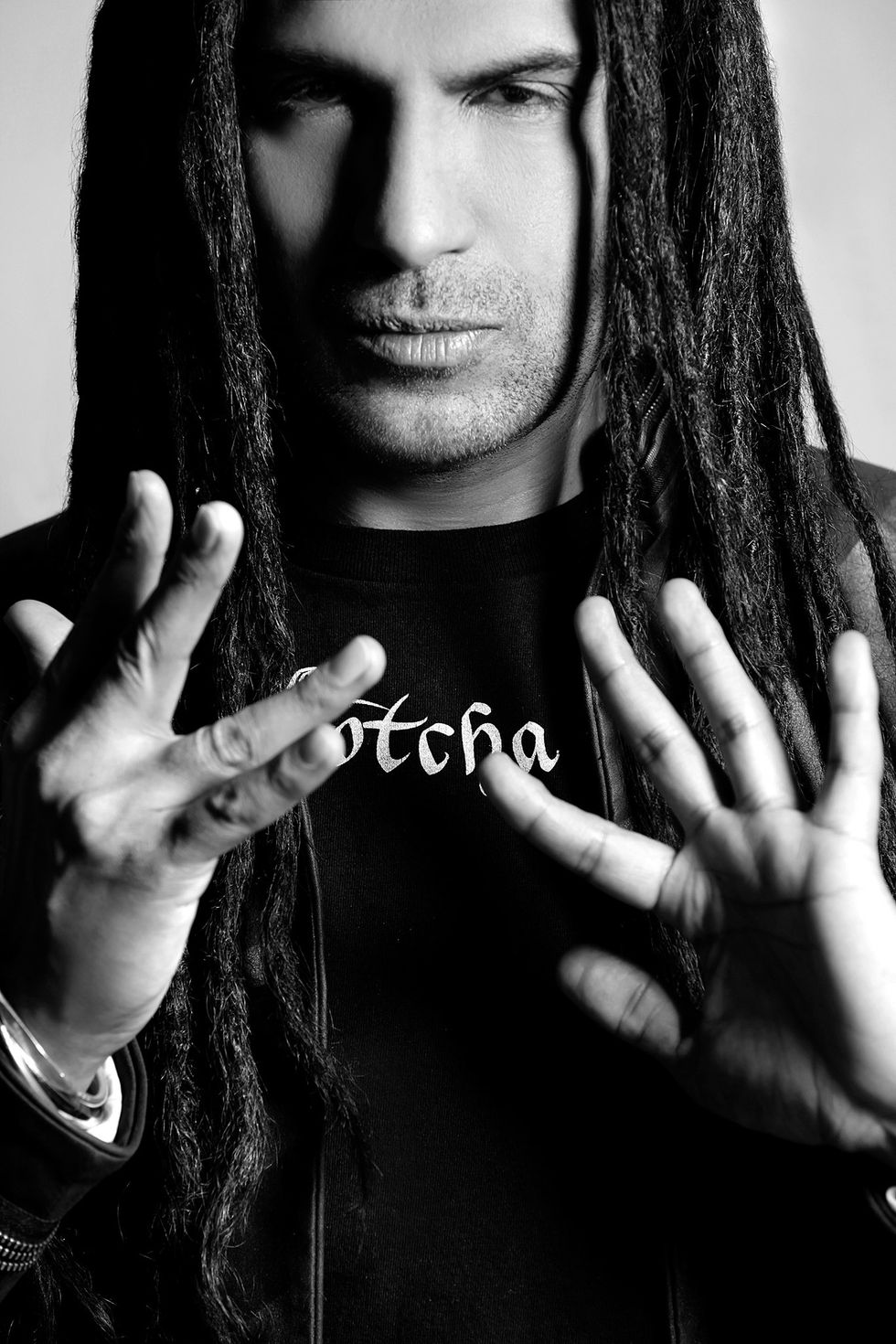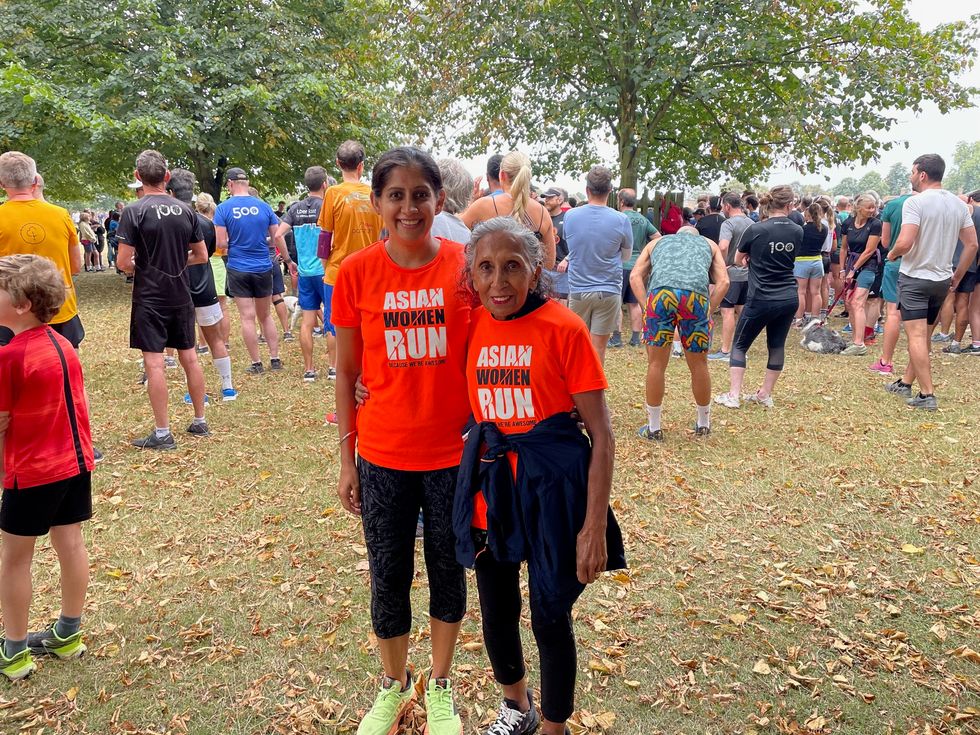PUBLIC ART INSTALLATION AIMS TO BRING TOURISTS TO REMOTE VIETNAM HILLS
HUGE crowds trekked to the remote rice terraces of northern Vietnam to see a “crystal cloud” installation featuring 58,000 shimmering beads aimed at boosting tourism in a region better known for agriculture than bling-inspired public art.
Local farmers mingled with curious tourists last month to capture photos of the netting decorated with Swarovski crystals and draped over towering bamboo and steel poles on the top of the terraced hill in Yen Bai province.
Some were in awe of the unexpected display in the far-flung rice field.
“This is unique. I’ve never seen any outdoor exhibit like this,” said tourist Vu Chi Bao. “When the sun shines and reflects on the crystals... it looks wonderful.”
Farmer Lu Thi Ly was amazed at the growing crowds coming to the site.
“We can’t believe this many people know about the rice terraces now. These crystals have made them more popular,” he said.
Organisers said they hope to tick up tourist visits to Yen Bai and “open dialogue to create arts in public spaces”, according to the event’s official Facebook page.
Some 500,000 tourists visited the northern province last year, compared to 6.9 million to better-known Halong Bay and 2.5 million people to Sapa, according to official statistics.
The figures include domestic tourism, which is growing fast in Vietnam as officials try to draw visitors to sites like Yen Bai on the road less travelled.
Vietnam is racing to develop its tourism sector in a bid to boost its economy and catch up with more popular Asian destinations like Thailand and Malaysia.
The crystal cloud display is open until the beginning of harvest season in October.





 Sea levels around the UK are now rising faster than the global averageUS EPA
Sea levels around the UK are now rising faster than the global averageUS EPA










 A cookery theatre presented by television chef Parveen the Spice QueenRFMP
A cookery theatre presented by television chef Parveen the Spice QueenRFMP The mela will feature live music, street food, cookery demos, fashion stalls, and a funfairRFMP
The mela will feature live music, street food, cookery demos, fashion stalls, and a funfairRFMP

